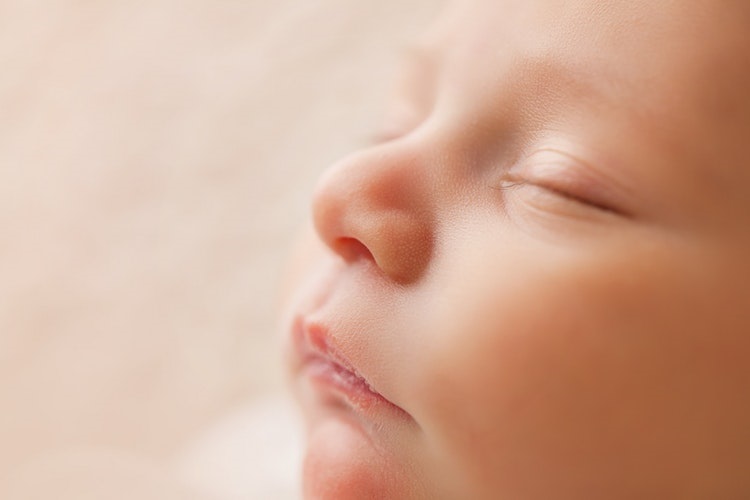5 tips for flying with a baby for the first time + free baby travel checklist
5 tips for flying with a baby for the first time + free baby travel checklist by Mim Jenkinson
Flying with a baby for the first time can be a daunting event for many parents.
We’ve all witnessed the struggles that other families have had in keeping their baby calm and quiet, especially when they’re over-tired or even in discomfort from the change in cabin pressure.
But often, flying with an infant for the first time isn’t as hard as you might expect.
Here are some tips for flying with a baby that can really help when you’re planning for the flight and when you’re on board.
To help make your planning easier, we’ve also put together a handy baby travel checklist – you can download that here.

1. Plan ahead
When you’re researching flights, check with each airline on what their policy for travelling with babies is.
Airlines differ on some of the following:
- what you can check in
- what you can take on board
- who gets allocated the bassinet in flight seats.
Many airlines allow parents to check in some of the bulkier items like prams and strollers, travel cots and car seats. It can make your holiday so much easier and affordable if you can take these items with you.
A baby travel stroller is much lighter to carry, and they can often fold down to be very compact. Taking a baby on a plane can mean taking a lot more luggage so every little helps in lightening the load.
If your little one has started solids, taking a travel baby seat can be of benefit on the plane and at your destination to make feeding time easier.
If you are planning to check these in, find out from your airline how to do so:
- will you need to remove the wheels from your pram?
- will the airline provide packaging to wrap your items in?
- will you, or they, wrap them?

2. Confirm seating arrangements
Again, it’s worth checking your airline policy in advance so you know how you will be seated as a family:
- will your baby be in a bassinet?
- will they be seated on your lap during the flight? (the airline will provide an infant seat belt)
- can you keep them in a sling during the flight, even when seated?
Knowing in advance where you and your baby will be seated will make you feel more confident when boarding.
Bassinet seats are often not allocated until you check in at the airport – so if you want to, check in as early as possible to let staff know you wish to be seated in a bassinet row.
3. Feed your baby on take off and landing
Feeding your baby on take off and landing will help by keeping them occupied, and when the cabin pressure changes, swallowing helps them to relieve that pressure.
If you’re taking formula or bottles on board, pack them in a clear zip lock bag.
Check with your airline what their policy is for filling bottles on board:
- should you bring your own water?
- will staff be able to heat bottles, if needed?
4. Stick to your schedule
If you have a daily nap/sleep schedule that works well for your family, consider booking flights that fit the schedule. For example, think about booking your flight for when your baby typically naps.
Dress your baby in comfortable clothing, such as their usual sleepwear. Also, having their favourite comforter or soft toy might help them feel comfortable enough in their new surroundings to drift off.
If you’re flying with a toddler, you can also consider planning your flights around their usual nap times.
But sometimes, for long haul flights with big changes in time zones especially, the schedule will sometimes go out of the window.

5. Accept offers of help
If two parents are coming along for the journey, you might find that taking a tag-team approach works best in looking after your little one.
Long haul flights can be quite tiring for parents if their baby doesn’t want to sleep. Ensure that neither parent gets over-tired by taking it in turns to sleep and hold the baby.
Occasionally, kind airline staff will offer to hold your baby while you eat or use the bathroom – accept their offer!
With a little forward planning, and asking your airline the right questions, travelling with a newborn baby doesn’t need to be too daunting.
To help make your journey easier, we’ve put together this free printable baby travel checklist:
















